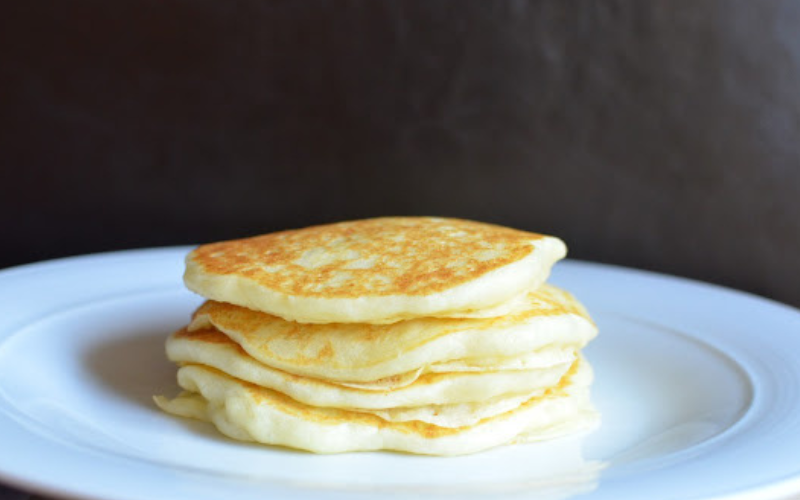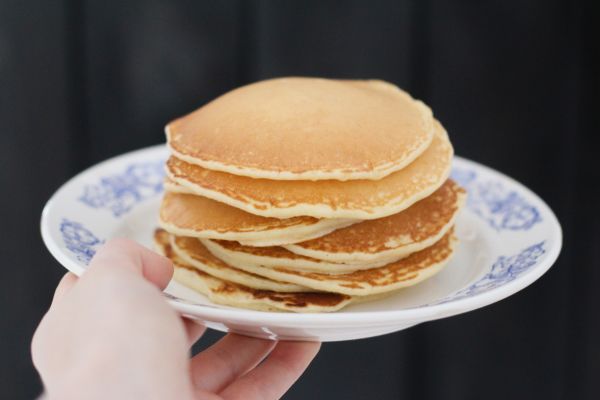The Versatility and Benefits of Potato Starch: A Guide for Ingredient Purchasers
As someone responsible for sourcing food ingredients, you’re always on the lookout for versatile, high-quality products that meet diverse culinary needs. Potato starch, derived from the humble potato, is a standout option. This white, powdery substance boasts numerous applications, making it an essential addition to your inventory. Here’s why potato starch deserves a place in your product lineup.
What is Potato Starch?
Potato starch is extracted from potatoes through a meticulous process involving crushing, washing, and drying. Unlike potato flour, which includes the whole potato and has a distinct flavor, potato starch is virtually tasteless and odorless. This neutrality makes it an ideal ingredient that can be seamlessly incorporated into a variety of dishes without altering their intended flavors.
Culinary Applications of Potato Starch
Thickening Agent: Potato starch is primarily used as a thickening agent in sauces, soups, and stews. Its ability to thicken at lower temperatures than other starches like corn or wheat makes it ideal for delicate handling recipes. The result is a smooth, glossy texture that enhances the visual and sensory appeal of dishes.
Gluten-Free Baking: For the growing market of gluten-free consumers, potato starch is a crucial ingredient. It provides structure and moisture to baked goods, preventing them from becoming dry and crumbly. Gluten-free bread, cakes, and cookies often rely on potato starch to achieve the desired consistency and mouthfeel.
Crispy Coating: Potato starch is also popular for creating a light, crispy coating on fried foods. It forms a superior crust, enhancing the texture of items like chicken, fish, and vegetables. This application is especially valued in Asian cuisine, where achieving the perfect crispy exterior is essential.
Health Benefits of Potato Starch
Resistant Starch: Beyond its culinary uses, potato starch offers significant health benefits due to its content of resistant starch. This type of carbohydrate resists digestion in the small intestine and ferments in the large intestine, producing beneficial short-chain fatty acids. These fatty acids promote gut health and reduce inflammation.
Prebiotic Properties: Resistant starch acts as a prebiotic, nourishing beneficial gut bacteria and promoting a healthy microbiome. This can lead to better digestion, enhanced immune function, and potential weight management benefits. Additionally, resistant starch may help regulate blood sugar levels by improving insulin sensitivity, making it a valuable component for individuals with diabetes or metabolic concerns.
Industrial Applications
The versatility of potato starch extends beyond culinary uses into various industrial applications. It is a valuable ingredient in the textile, paper, and adhesive industries. In textile manufacturing, potato starch is used as a sizing agent to strengthen and stiffen fabrics. In the paper industry, it serves as a binding agent, enhancing the strength and quality of paper products. Moreover, potato starch is a key ingredient in many adhesives and glues, providing excellent bonding properties.
Eco-Friendly Solutions
With growing consumer demand for sustainable products, potato starch offers eco-friendly alternatives to traditional materials. Its biodegradable nature makes it suitable for producing environmentally friendly plastics and packaging materials. As sustainability becomes a priority, potato starch-based products provide a green solution that appeals to eco-conscious consumers.
Sourcing and Quality Considerations
When purchasing potato starch, consider the following factors to ensure you select a high-quality product:
- Purity: Look for potato starch with minimal additives or fillers to ensure you’re getting the best quality.
- Processing Method: Ensure the starch is processed in a way that preserves its natural properties.
- Certifications: Check for certifications that validate the product’s quality and adherence to industry standards, especially if you cater to gluten-free or organic markets.

Recipe Idea: Gluten-Free Potato Starch Pancakes
Ingredients:
- 1 cup potato starch
- 1/2 cup almond flour
- 1/4 cup coconut flour
- 2 tbsp sugar (optional, adjust to taste)
- 1 tbsp baking powder
- 1/2 tsp salt
- 1 tsp vanilla extract
- 1 1/4 cups milk (dairy or non-dairy)
- 2 large eggs
- 2 tbsp melted butter or coconut oil (plus extra for cooking)
Instructions:
Prepare Dry Ingredients: In a large mixing bowl, combine the potato starch, almond flour, coconut flour, sugar, baking powder, and salt. Whisk thoroughly to ensure all ingredients are evenly distributed.
Prepare Wet Ingredients: In a separate bowl, whisk together the milk, eggs, melted butter or coconut oil, and vanilla extract until well combined.
Combine Wet and Dry Ingredients: Pour the wet ingredients into the dry ingredients. Stir until just combined, being careful not to over-mix. The batter should be thick but pourable. If it’s too thick, add a bit more milk, a tablespoon at a time, until the desired consistency is reached.
Heat the Pan: Heat a non-stick skillet or griddle over medium heat. Lightly grease with a small amount of butter or oil.
Cook the Pancakes: Pour about 1/4 cup of batter onto the skillet for each pancake. Use the back of a spoon to spread the batter into a circle. Cook until bubbles form on the surface and the edges look set, about 2-3 minutes. Flip the pancake and cook for another 2-3 minutes, until golden brown and cooked through.
Serve: Transfer the cooked pancakes to a plate and keep warm. Repeat with the remaining batter, adding more butter or oil to the skillet as needed. Serve the pancakes warm with your favorite toppings such as maple syrup, fresh fruit, or a dollop of yogurt.
Tips:
- Consistency: If the batter is too runny, add a little more coconut flour; if too thick, add a bit more milk.
- Variations: Add blueberries, chocolate chips, or nuts to the batter for extra flavor and texture.
- Storage: Leftover pancakes can be stored in the refrigerator for up to 3 days or frozen for up to 1 month. Reheat in the toaster or microwave.
These gluten-free pancakes made with potato starch are light, fluffy, and perfect for a weekend breakfast or brunch. Enjoy!
Conclusion
Potato starch is a remarkable ingredient with extensive applications in both culinary and industrial contexts. Its ability to enhance the texture and quality of various dishes, combined with its health benefits and sustainable potential, makes it a valuable addition to your ingredient offerings. By incorporating potato starch into your inventory, you can meet diverse customer needs and stay ahead of market trends. Whether for thickening, baking, or creating crispy coatings, potato starch is an ingredient that delivers exceptional results.
